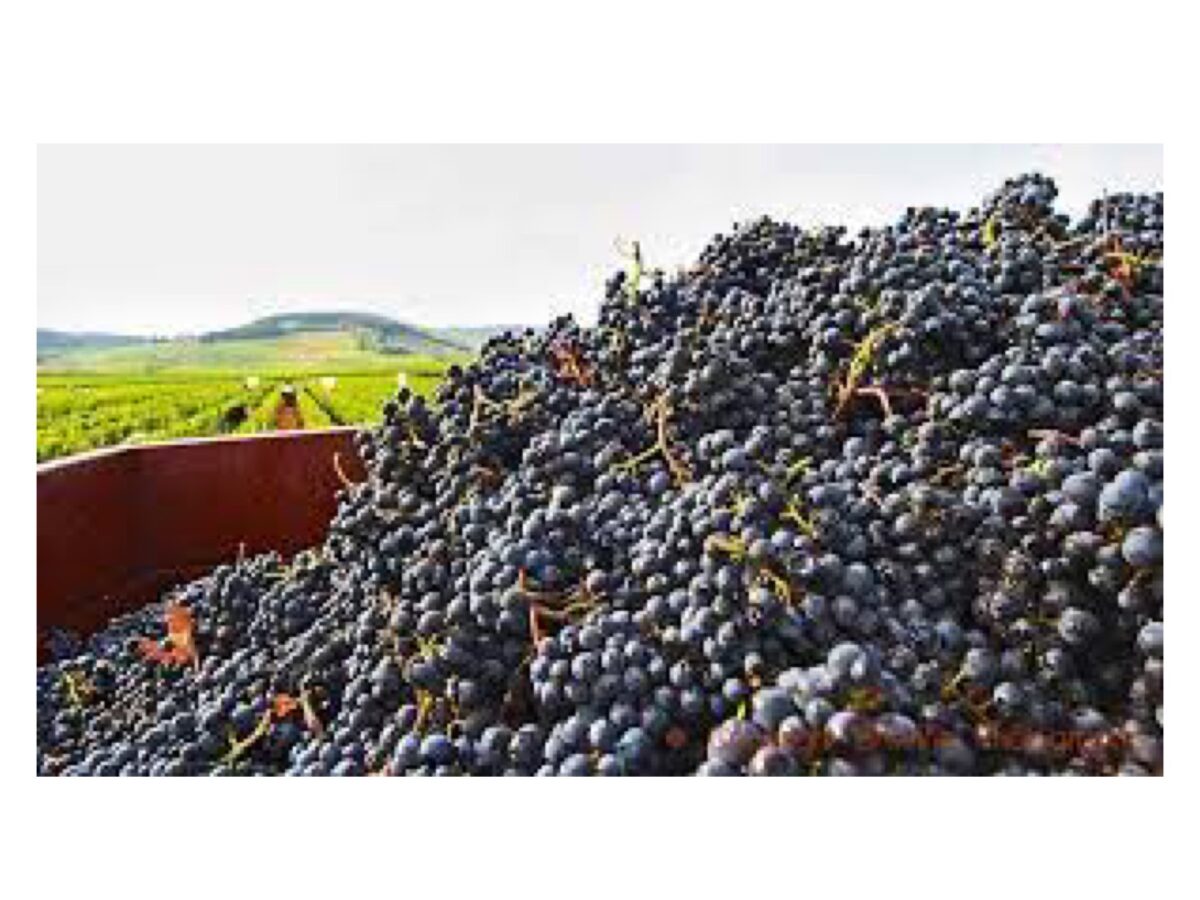International Wineries for Climate Action (IWCA) has increased its collaborative effort to decarbonize the global wine sector with the admission of five new wineries hailing from France, Chile and Australia.
Miguel Torres (Chile) has become the latest silver member of IWCA, and four other wineries from France, Chile and Australia have signed up as applicant members, committed to take immediate action to reduce their carbon emissions.
The total number of IWCA members now stands at 27 wineries, who have joined in the time since its foundation by winemakers Miguel A. Torres (Familia Torres) and Katie Jackson (Jackson Family Wines) in February 2019.
Miguel Torres has joined as Silver Member after committing to become Net Zero by 2050 at the latest and completing an annual third-party audited greenhouse gas emissions inventory.
The winery, founded in 1979 by Miguel Torres, is one of the main Chilean producers of premium wines with 400-hectare organic vineyards and presence in over 100 countries.
“We must undertake concrete actions to reduce and mitigate the impacts produced by our processes. All companies should do the same. Our participation in IWCA is key for us as we will join a strict protocol to mitigate CO2 emissions, adopt actions implemented by other wineries around the world and share information regarding new projects” said Jaime Valderrama, General Manager of Miguel Torres Chile.
The other four wineries that have been accepted as IWCA’s applicant members are Champagne Lanson and Famille Perrin from France, Viña Undurraga from Chile and Voyager Estate from Australia.
IWCA has launched two regionally adapted IWCA calculators for wineries in Australia and New Zealand. These tools have been developed in collaboration with Sustridge and Yealands for current and potential members of IWCA to calculate their annual GHG emissions inventories and include the most material emissions sources for typical wineries and vineyards.
#IWCA #wine #winelovers #MiguelTorres #winenews #iwca #racetozero #racetoresilience #sustainablewine #eyeonclimate #climatechange #sustainability #climateaction #wine #vino #vin #instawine @iwcawine

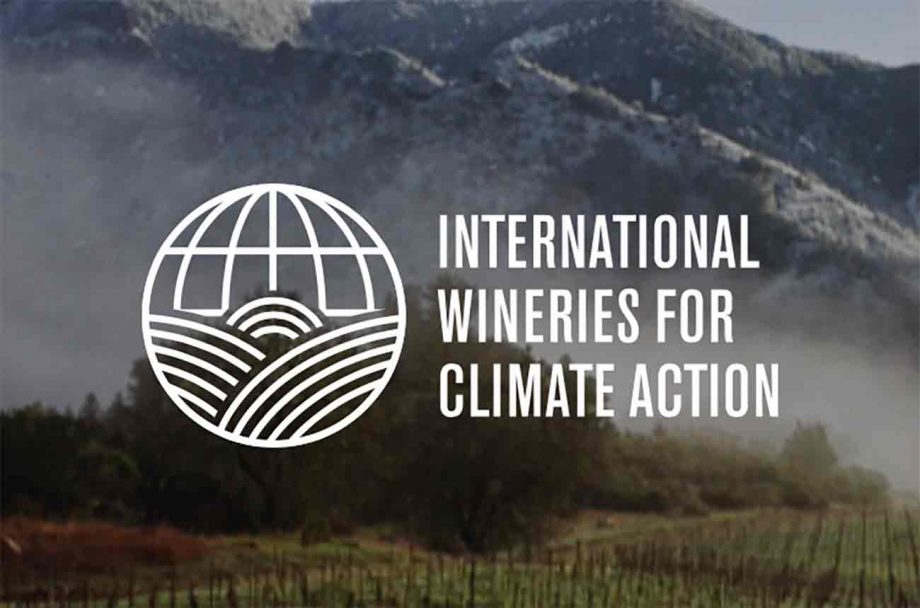
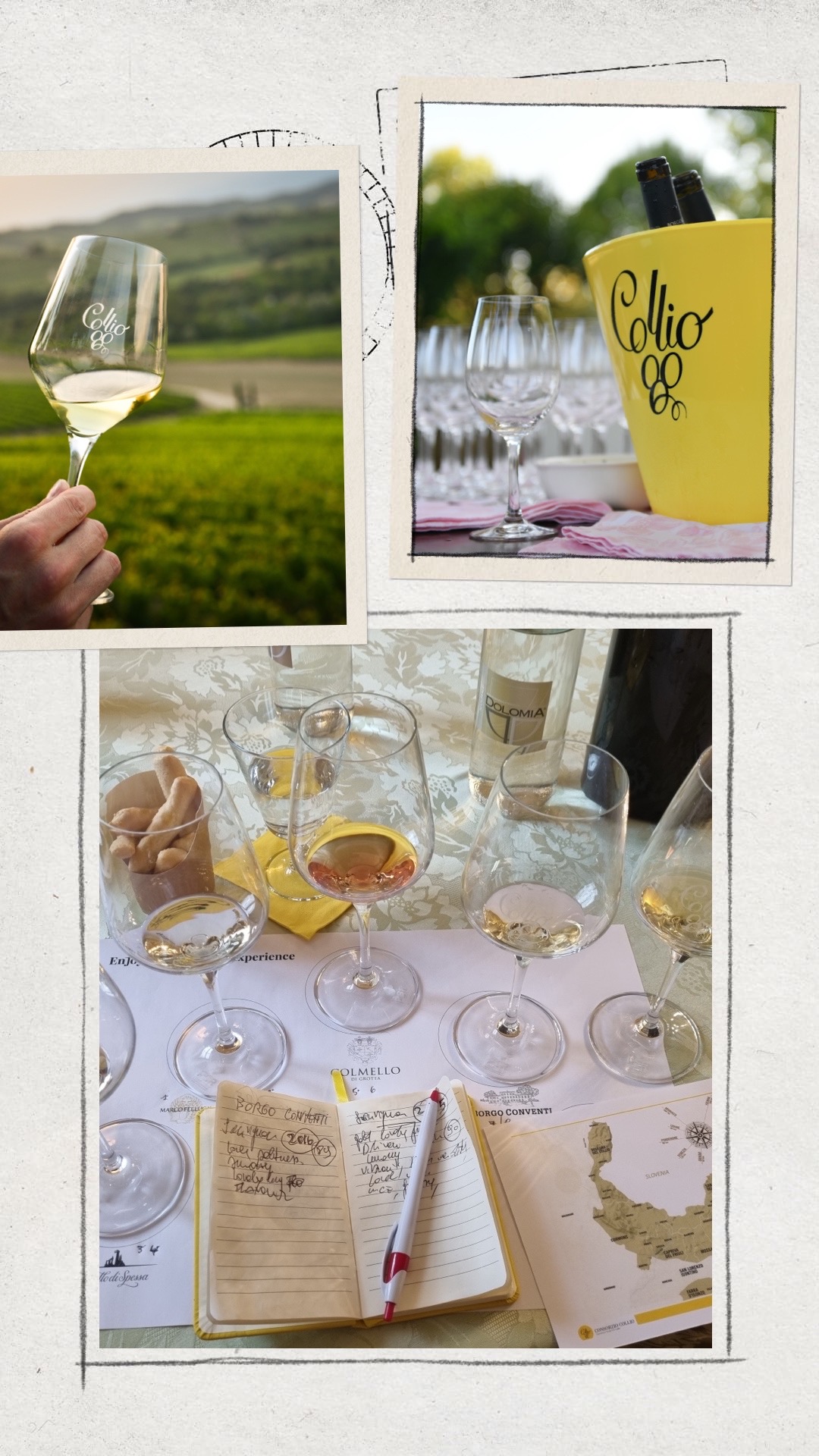
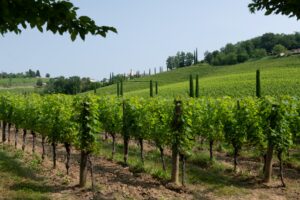
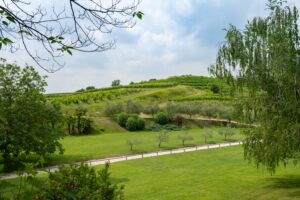
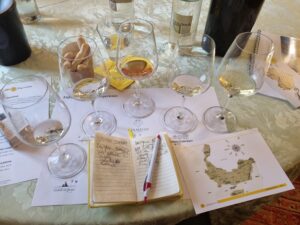 Collio, a wine destination beyond the wine
Collio, a wine destination beyond the wine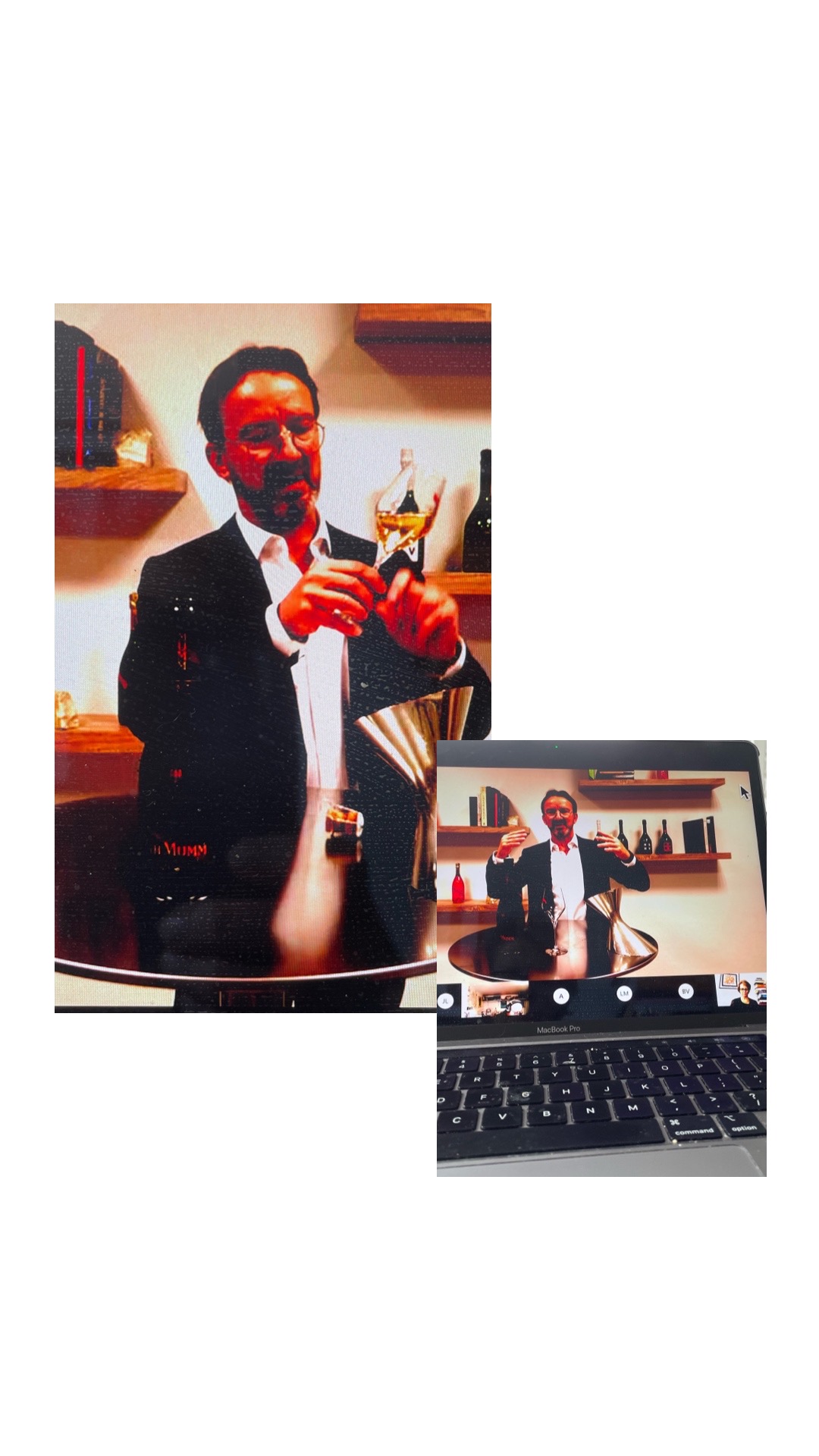
![Cult Wines Americas – The Future of Fine Wine Investment [Part 1]](https://www.liz-palmer.com/wp-content/uploads/2022/02/Cult-Wines-Liz-Palmer.jpg)




